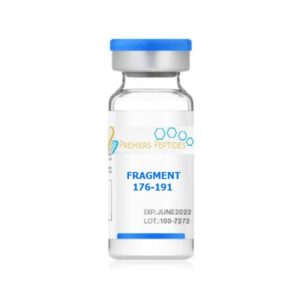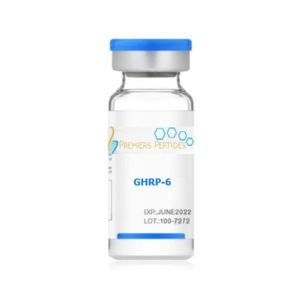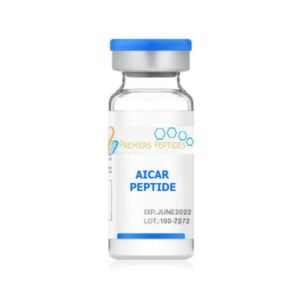Description
Buy Erythropoietin EPO Online
Also known as hematopoietin or hemopoietin, is a glycoprotein cytokine secreted by the kidney in response to cellular hypoxia; it stimulates red blood cell production (erythropoiesis) in the bone marrow. Low levels of Erythropoietin EPO (around 10 mU/mL) are constantly secreted sufficient to compensate for normal red blood cell turnover. Buy Erythropoietin EPO Online
Common causes of cellular hypoxia resulting in elevated levels of Erythropoietin EPO (up to 10 000 mU/mL) include any anemia, and hypoxemia due to chronic lung disease.
Erythropoietin is produced by interstitial fibroblasts in the kidney in close association with the peritubular capillary and proximal convoluted tubule. It is also produced in perisinusoidal cells in the liver. Liver production predominates in the fetal and perinatal period; renal production predominates in adulthood.
Exogenous erythropoietin, recombinant human erythropoietin (rhEPO) is produced by recombinant DNA technology in cell culture and are collectively called erythropoiesis-stimulating agents (ESA): two examples are epoetin alfa and epoetin beta. ESAs are used in the treatment of anemia in chronic kidney disease, anemia in myelodysplasia, and in anemia from cancer chemotherapy.
Buy Erythropoietin Injection Online
Risks of therapy include death, myocardial infarction, stroke, venous thromboembolism, and tumor recurrence. Risk increases when EPO treatment raises hemoglobin levels over 11 g/dL to 12 g/dL: this is to be avoided.
rhEPO has been used illicitly as a performance-enhancing drug. It can often be detected in blood, due to slight differences from the endogenous protein; for example, in features of posttranslational modification.
Pharmacology
Erythropoietin EPO is highly glycosylated (40% of total molecular weight), with half-life in blood around 5 h. Erythropoietin EPO’s half-life may vary between endogenous and various recombinant versions. Additional glycosylation or other alterations of Erythropoietin EPO via recombinant technology have led to the increase of Erythropoietin EPO’s stability in blood (thus requiring less frequent injections).





